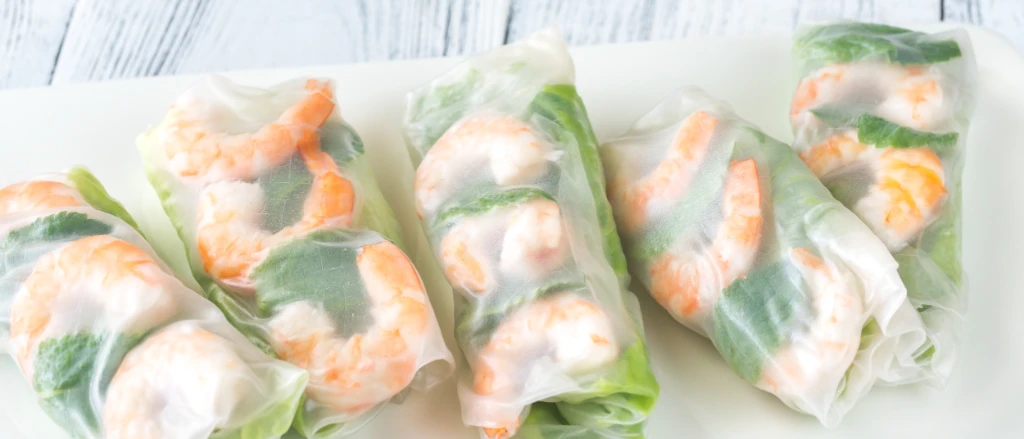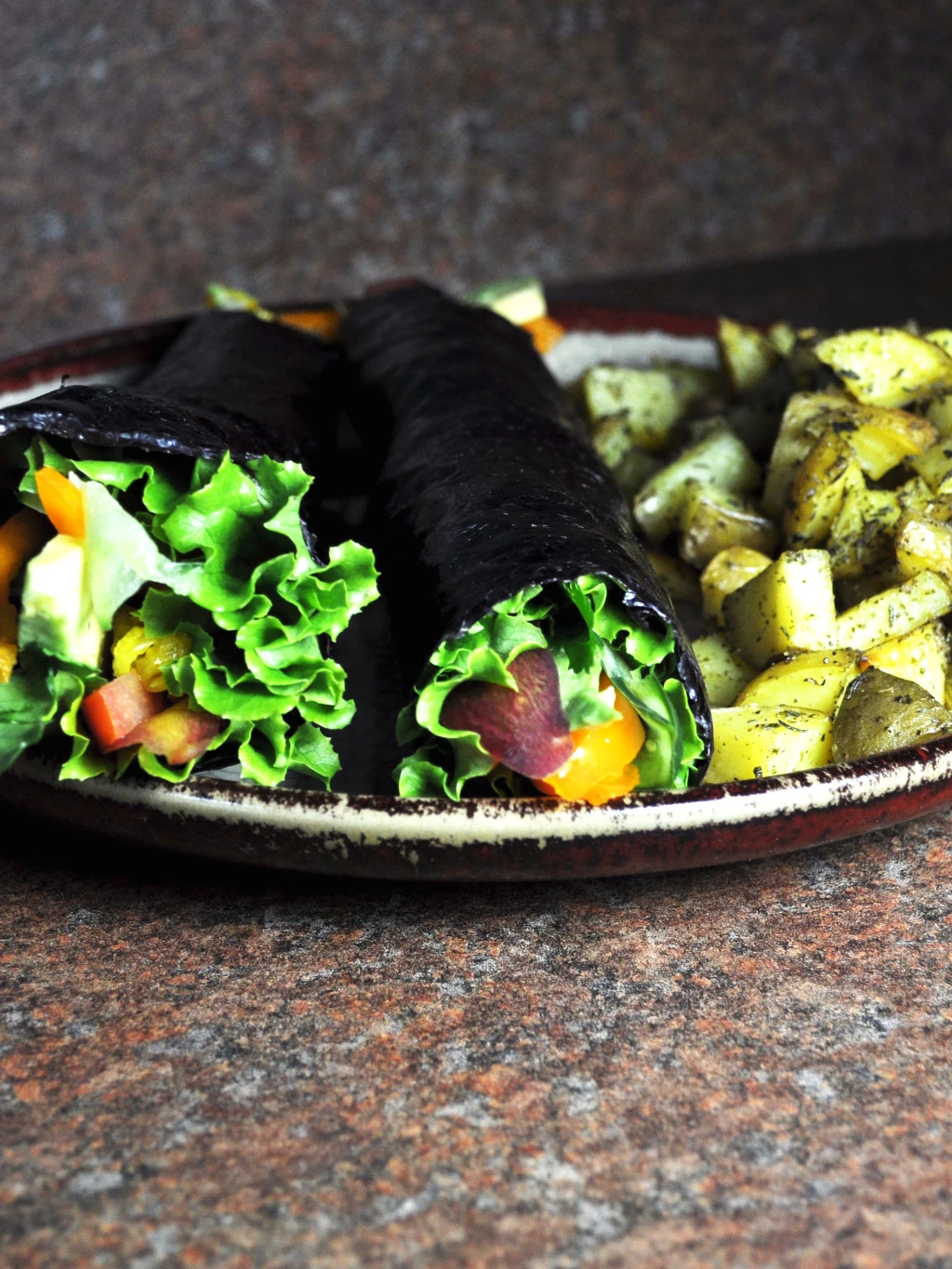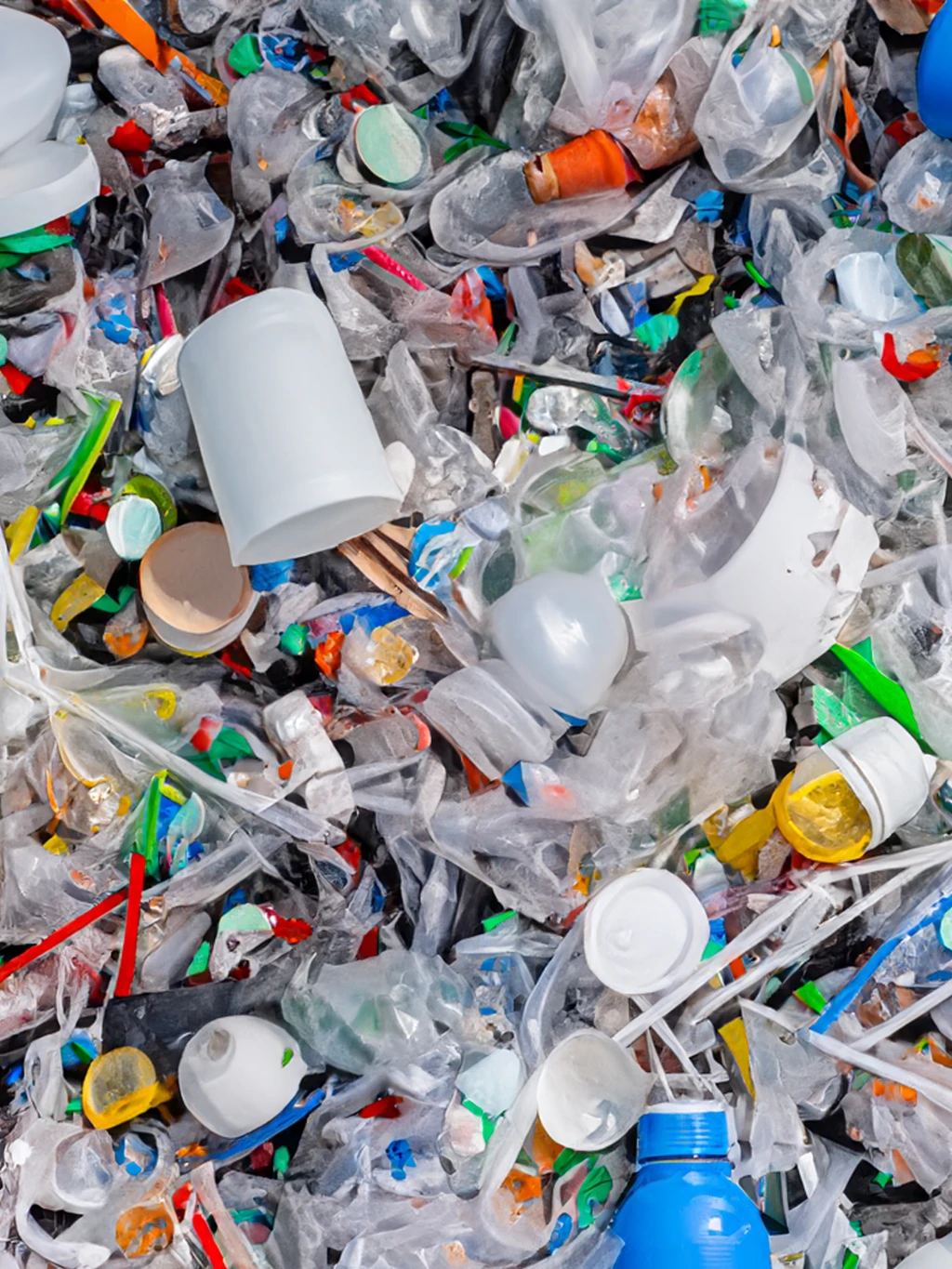
Wrapping up the future: The rise of edible packaging
What is edible packaging?
Edible packaging is made from materials that can be consumed safely. These materials often include natural substances like seaweed, rice paper, and even milk proteins. The idea is to create packaging that not only protects food but also eliminates waste by being entirely edible.


Examples of edible packaging
- Seaweed-based wraps
Companies like Evoware are creating packaging from seaweed that dissolves in hot water or can be eaten directly. These wraps are ideal for instant noodle packets and sandwich wraps.
- Rice Paper Wrappers
Rice paper, commonly used in spring rolls, is now being adapted for broader packaging uses. It’s strong enough to protect food items but dissolves easily in soups or can be eaten directly.
- Milk Protein Films
Researchers are developing packaging films made from casein, a milk protein. These films are biodegradable, edible, and have excellent oxygen-blocking properties, making them ideal for preserving food.
- WikiCell Containers
WikiFoods, Inc. has developed WikiCells, which are edible containers made from natural ingredients and particles held together by electrostatic forces. These containers can hold liquids or solids and can be flavored to complement the food they contain.
- SoluBlue Biodegradable Packaging
SoluBlue has developed biodegradable packaging made from seaweed that not only is edible but also extends the shelf life of food by absorbing moisture, thereby reducing food waste.
Key insights into edible packaging
Edible packaging significantly reduces plastic waste, addressing one of the biggest environmental challenges. By using natural, biodegradable materials, it ensures that even if not consumed, the packaging won't harm the environment.
For consumers, edible packaging offers convenience. Imagine not having to unwrap your snack or instantly dissolving packaging in your hot soup. It’s a seamless integration into the eating experience.
Since edible packaging is made from food-grade materials, it’s safe for consumption. Moreover, many of these materials have additional health benefits, such as seaweed’s nutritional content.


Is edible packaging the future?
While the concept of edible packaging is incredibly promising, several factors need to be considered. The advantages of edible packaging include a significant reduction in plastic waste, which has a positive environmental impact. It also offers consumer convenience by making food consumption easy and integrated, eliminating the need to discard packaging. Additionally, edible packaging can provide health benefits, as it is often made from safe and sometimes nutritious materials.
However, there are notable challenges associated with edible packaging. Cost is a primary concern, as producing edible packaging can currently be more expensive than traditional plastic. Durability is another challenge; edible packaging must ensure adequate protection for food during transportation and storage. Lastly, consumer acceptance is a hurdle, as people need to become accustomed to the idea of eating their packaging.
Edible packaging is a fascinating innovation with the potential to revolutionize how we think about food packaging. While there are challenges to overcome, the environmental and convenience benefits make it a compelling option for the future. So, is edible packaging the future? It seems like a tasty and sustainable possibility.
Stay tuned to Selecta for more insights into the latest food tech innovations and how they might soon be part of your daily dining experience.